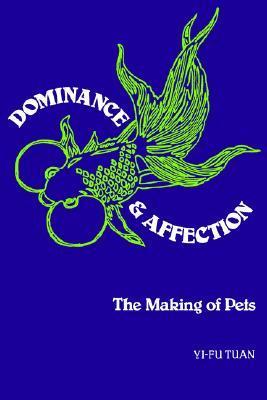What do you think?
Rate this book


208 pages, Paperback
First published September 10, 1984
"The effects of the exercise of power are everywhere and appear at different scales. In large and complex societies, perhaps the most striking effect is the transformation of nature. Forests are cleared and swamps drained to make way for human habitations. Trees are chopped down and rocks hewn to provide the raw materials of manufacture. Animals are harnessed to human service, consumed as food; their hide, fur, or feather are made into artifacts."